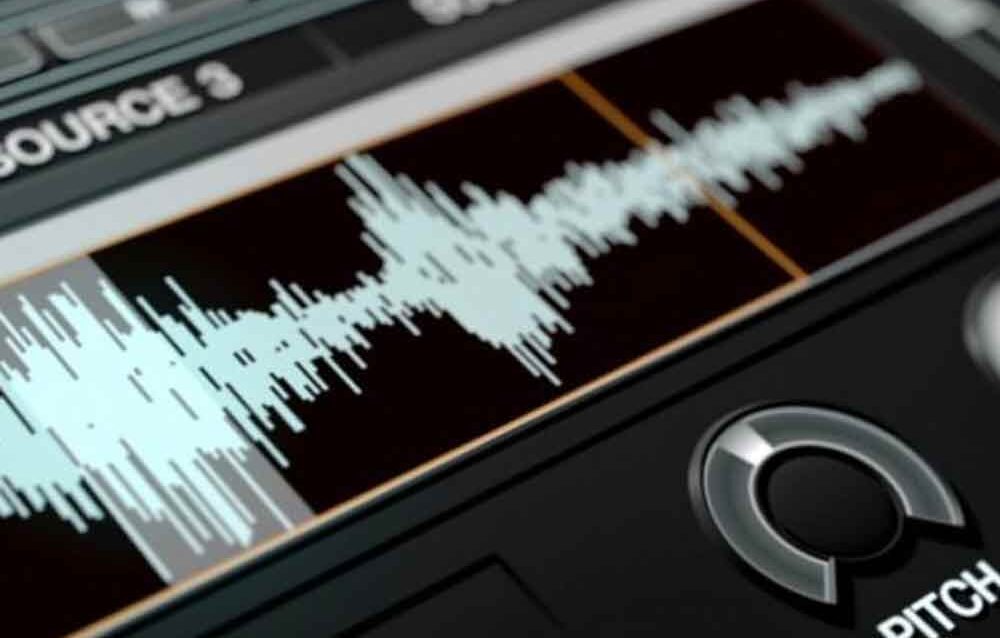Microphone Techniques
he study of sound is a very diverse and vast topic to comprehend. This article isn’t for beginners, you must have some knowledge in the field to comprehend what is about to be explained.
Lets discuss the topic of dither. Dither is commonly used during the recording or conversion process to increase the overall bit resolution (and therefore low-level noise and signal clarity) of a recorded signal, when converting from a higher to a lower bit rate.
Technically, dither is the addition of very small amounts of randomly generated noise to an existing bitstream that allows the S/N and distortion figures to fall to levels that approach their theoretical limits. The process makes it possible for low-level signals to be encoded at less than the data’s least significant bit level. You heard that right … by adding a small amount of random noise into the A/D path, we can actually:
Improve the resolution of the conversion
process below the least significant bit level.
Reduce harmonic distortion in a way that
greatly improves the signal’s performance.
The concept of dither relies on the fact that noise is random. By adding small amounts of random-ization into the quantization process, there is an increased probability that the D/A converter will be able to guess the least significant bit of a low-level signal more accurately. This is due to the fact that the noise shapes the detected sample in such a way that the sample-and-hold (S/H) circuitry can determine the original analog value with greater precision.
Dither is often applied to an application or process to reduce quantization errors and slight increases in noise and/or fuzziness that could otherwise creep into a bitstream. For example, when multiple tracks are mixed together within a DAW, it’s not uncommon for digital data to be internally processed at 32- and 64-bit depths. In situations like this, dither is often used to smooth and round the data values, so that the low-level (least significant bit) resolutions won’t be lost when they are interpolated back to their original target bit depths
Dither can also be manually applied to sound files that have been saved at 20-and 24-bit depths (or possibly greater by the time you read this). Applications and DAW plug-ins can be used to apply dither to a sound file or master mix, so as to reduce the effects of lost resolution due to the truncation of least sig-nificant bits. For example, mastering engineers might experiment with applying dither to a high-resolution file before saving or exporting it as a 16-bit final master. In this way, noise is reduced and the sound file’s overall clarity can be increased.
For more correct understanding you can see this video upon Dither – :
We at ADAPT gives the detailed knowledge of Sound and Audio Production.
Join us to be the knowledgeable.
For more information about our Sound Engineering and Audio Production Courses visit us and get a free counseling session. Call +91-9899654011 for more info.




